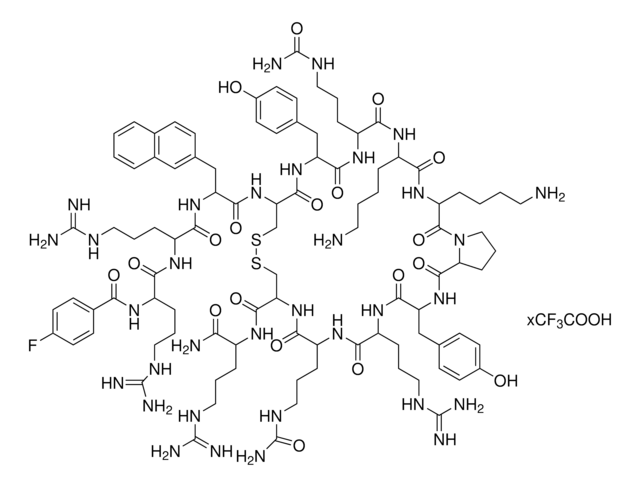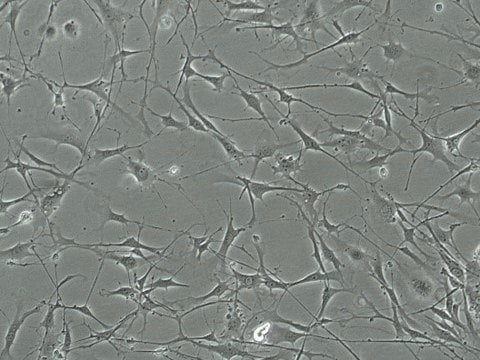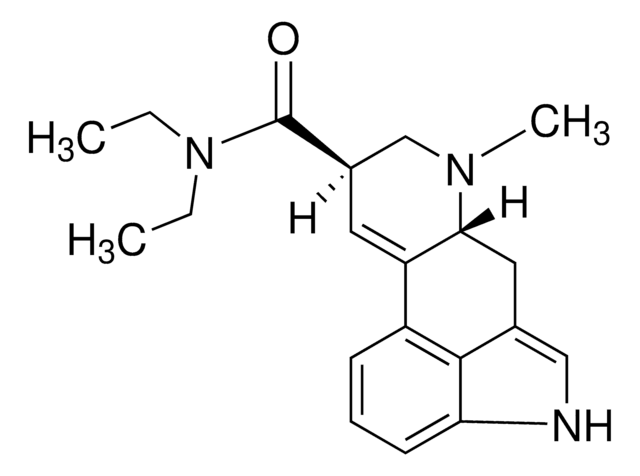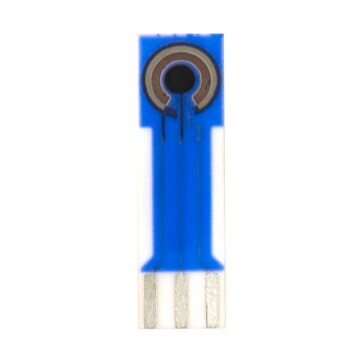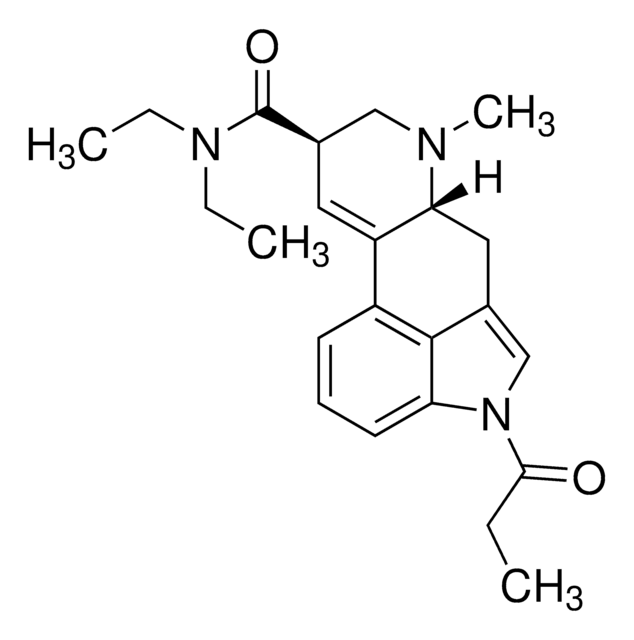934380
1-Piperazinecarboxylic acid, 4-(4-piperidinyl)-, 1,1-dimethylethyl ester
≥98%
Synonym(s):
1-Boc-4-(piperidin-4-yl)-piperazine, 1,1-Dimethylethyl 4-(4-piperidinyl)-1-piperazinecarboxylate (ACI), 1-tert-Butoxycarbonyl-4-(piperidin-4-yl)piperazine, 1-Boc-4-(piperidin-4-yl)piperazine, 2-Methylpropan-2-yl 4-(piperidin-4-yl)piperazine-1-carboxylate, 4-(Piperidin-4-yl)piperazine-1-carboxylic acid tert-butyl ester, tert-Butyl 4-(4-piperidyl)piperazine-1-carboxylate, tert-Butyl 4-(piperidin-4-yl)piperazine-1-carboxylate
About This Item
Recommended Products
Quality Level
Assay
≥98%
form
powder
storage temp.
2-8°C
SMILES string
CC(C)(C)OC(=O)N1CCN(CC1)C2CCNCC2
InChI
1S/C14H27N3O2/c1-14(2,3)19-13(18)17-10-8-16(9-11-17)12-4-6-15-7-5-12/h12,15H,4-11H2,1-3H3
InChI key
IMFPSYLOYADSFR-UHFFFAOYSA-N
Looking for similar products? Visit Product Comparison Guide
Application
Technology Spotlight: Degrader Building Blocks for Targeted Protein Degradation
Protein Degrader Building Blocks
Legal Information
Storage Class Code
11 - Combustible Solids
WGK
WGK 3
Flash Point(F)
Not applicable
Flash Point(C)
Not applicable
Choose from one of the most recent versions:
Certificates of Analysis (COA)
Sorry, we don't have COAs for this product available online at this time.
If you need assistance, please contact Customer Support.
Already Own This Product?
Find documentation for the products that you have recently purchased in the Document Library.
Our team of scientists has experience in all areas of research including Life Science, Material Science, Chemical Synthesis, Chromatography, Analytical and many others.
Contact Technical Service